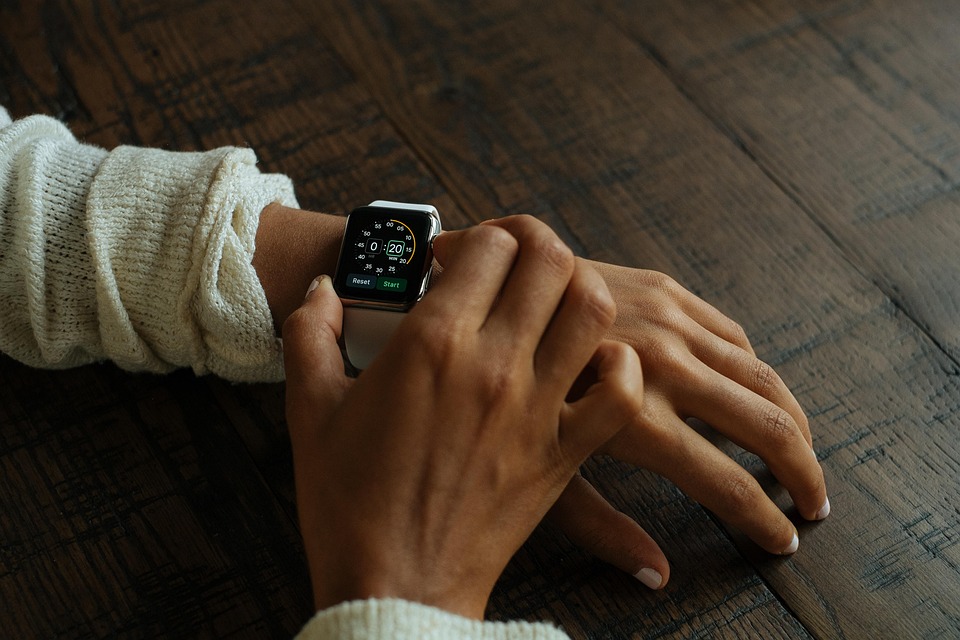Wearable technology is rapidly transforming the landscape of healthcare, providing innovative solutions that foster a new era of personal health management. From smartwatches that monitor heart rates to fitness trackers that provide insights into daily activity levels, these devices are not only changing how we view health but also empowering individuals to take control of their wellness.
The Rise of Wearable Technology
The wearable tech market has exploded in recent years, driven by advancements in technology and increasing health consciousness among consumers. According to recent industry reports, the global wearable medical devices market is projected to reach billions in revenue within the next few years. This growth is attributed to a variety of factors, including an increase in chronic diseases, technological advancements, and a growing demand for remote patient monitoring.
Key Benefits of Wearable Health Devices
1. Personalized Health Monitoring
Wearable devices can collect a wealth of data about various health metrics, including heart rate, blood pressure, sleep patterns, and physical activity levels. This data allows users to receive personalized insights and recommendations that can lead to more informed health decisions. For instance, a diabetic patient can monitor their blood glucose levels in real-time with smart glucose monitors, enabling them to adjust their treatment plans proactively.
2. Early Detection and Prevention
One of the most significant advantages of wearable technology in healthcare is its potential for early detection of health issues. Continuous monitoring allows for timely interventions. For example, smartwatches equipped with ECG capabilities can detect irregular heart rhythms, notifying users about potential conditions such as atrial fibrillation. Early detection improves outcomes, reducing hospital visits and potentially saving lives.
3. Enhanced Patient Engagement
Wearable devices encourage users to be more engaged in their health journeys. By tracking their progress and setting health goals, individuals are more likely to take proactive steps to improve their well-being. Apps that accompany these devices often gamify health behaviors, making it more motivating to stick to exercise routines or dietary guidelines.
4. Remote Patient Monitoring
Telehealth has revolutionized the way healthcare is delivered, and wearable tech plays a crucial role in this transformation. Healthcare providers can remotely monitor patients’ health data, allowing them to intervene when necessary without the need for in-person visits. This capability is especially beneficial for patients with chronic illnesses or those living in remote areas.
Challenges and Considerations
While the potential of wearable tech in healthcare is significant, there are challenges to consider. Data privacy and security are major concerns, as sensitive health information captured by these devices can be vulnerable to breaches. Moreover, there is a risk of information overload for users, as too much data can lead to anxiety rather than empowerment.
Additionally, regulatory frameworks are still catching up with the rapid pace of technological innovation, leading to questions about standardization and compliance. Ensuring that these devices are accurate and reliable is essential for user trust.
The Future of Wearable Tech in Healthcare
The future of wearable tech in healthcare looks promising, with ongoing research and development focused on improving existing technologies and creating new applications. Innovations such as smart clothing embedded with sensors, advanced biosensors, and AI-driven analytics are on the horizon.
Furthermore, as healthcare systems embrace interoperability, wearable devices will become integrated into broader health management platforms, enhancing the continuity of care. This integration will further empower patients and healthcare providers alike, creating a more holistic approach to health management.
Conclusion
Wearable technology is proving to be a powerful tool in the quest for better health outcomes. By providing personalized health insights, enabling early detection, and fostering patient engagement, these devices are truly improving lives—one beep, buzz, and step at a time. As technology continues to evolve, the potential for wearable devices in healthcare will expand, promising a future where health monitoring is accessible, personalized, and proactive.



